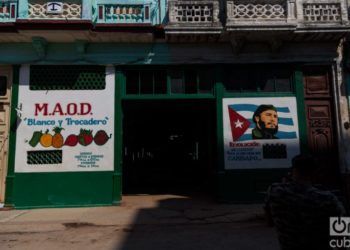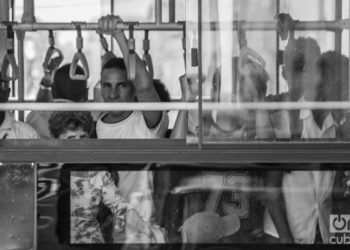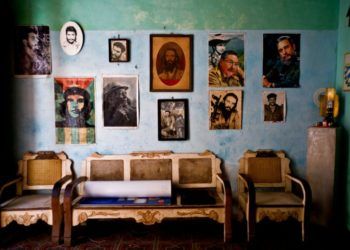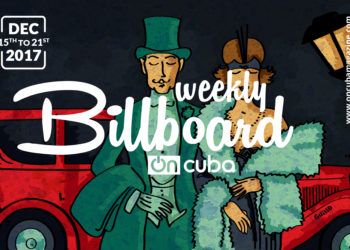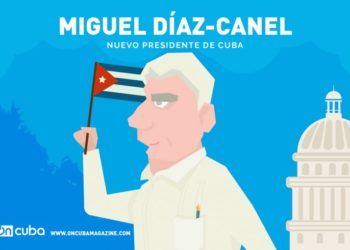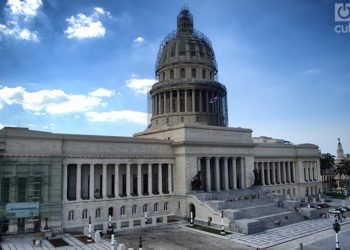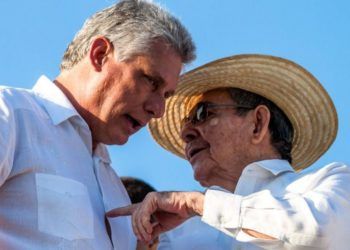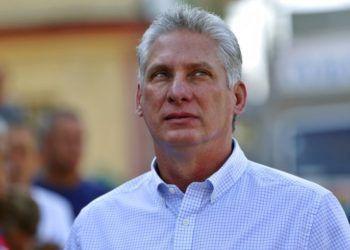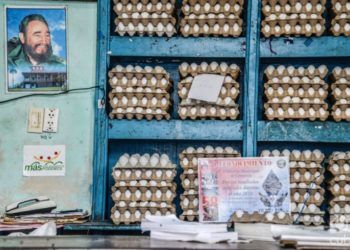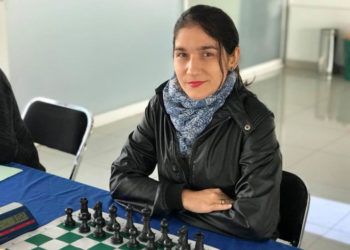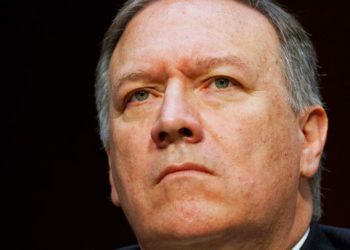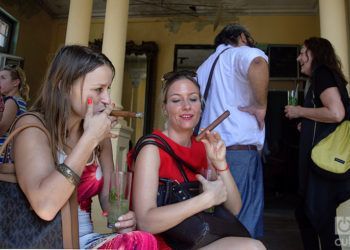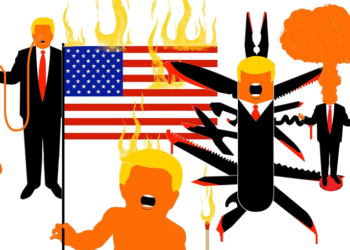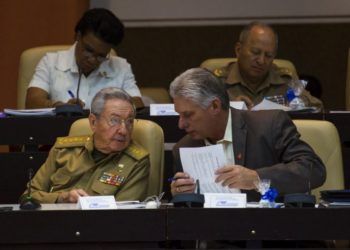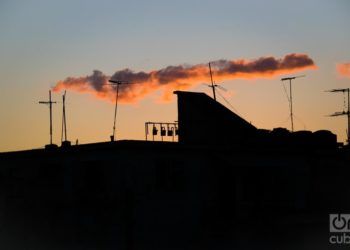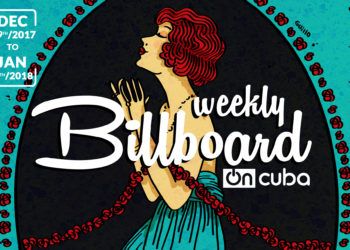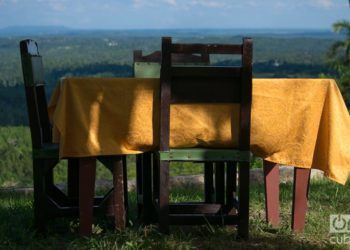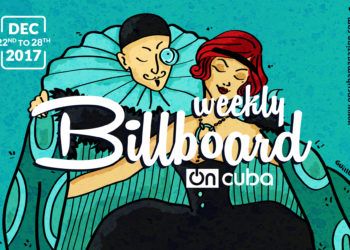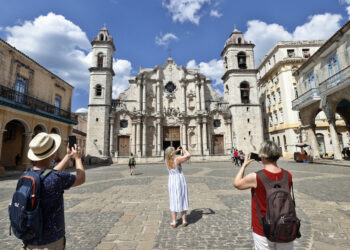Stockpiling, commerce and planning
A feature article, “El papel lo aguanta todo” (Paper Puts Up with Everything), which appeared in the newspaper Invasor about the state-run enterprises of one of Cuba’s provinces with high profits, has, as always, a great many and varied readings. The first of these readings has to do with our daily planning, that same one that has already been accompanying us for several decades, which somehow has become a stone we stumble over more than once and that also has the virtue of having been able to make us like stumbling over it. It is true, 56 years ago we baptized with that name one of the years of the Cuban Revolution: 1962. Already before then, in 1960, the JECEPLAN had been created to respond to a certain extent to the influence of the ideas of the Economic Commission for Latin America and the Caribbean (ECLAC), but also, and fundamentally, as a reply to the need forommecom an economy that has to be rethought from its own roots. JUCEPLAN’s mission was as follows: “to guide, supervise and coordinate the economic policy of the different State agencies and the autonomous entities so that there would exist a unified criterion and action...

